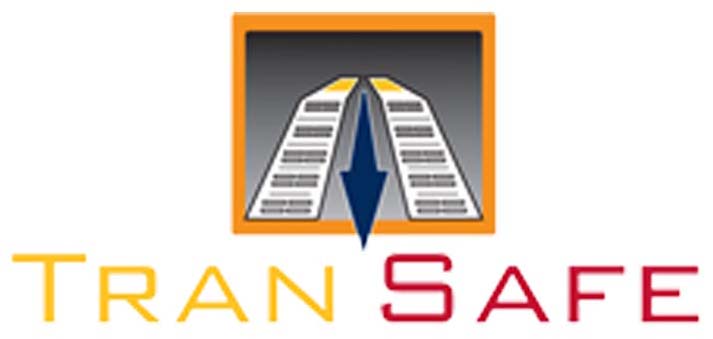Training
For the safety of your personnel.
It is important to become very well versed with all aspects of ramp operation. Staff members should become familiar via proper training with the ramp and how it operates alone, deploys from the ambulance, connects to the Transafe XRS Transition Plate, disconnects from the Transafe XRS Transition Plate, stores in the ambulance and is properly maintained. Details about XRS2400 ramp use can be found in the Ramp Operation Section of this manual.
Practice winch operations on “dry runs” before moving stretchers occupied by individuals. For personal protection, outfit your ambulance unit with leather gloves. Wear leather gloves when handling the winch wire rope to protect against cuts from sharp broken wire strands.
It is strongly recommended that your ambulance service put in place the following safety measures pertaining to safe and effective transport of patients.
- Written policies and procedures for the proper operations, inspection, maintenance and supervision.
- Orientation training and annual refresher training for EMTs and supervisors, incorporating pertinent ambulance service policies and procedures.
- Careful documentation of training, inspection, maintenance and supervisory activities.
- Maintenance of all patient transport equipment in accordance with manufacturers’ specifications.
- Ensure your EMTs use required cot restraint straps to provide both transverse and longitudinal patient protection. Straps are required at patient’s knees, hips, chest and over shoulders (shoulder straps must be tethered together at cot frame).
- Ensure your EMTs select low cot elevated positions. This practice increases stability and provides for a lower center of gravity. Please note that all cot manufacturers supply cot handle extensions and straps to enable EMTs to walk upright while pulling or pushing the cot.
- Ensure your EMTs are mindful that when they use newer model cots, these cots roll easier and faster than older models. Obese patients coupled with a heavier model cot that rolls easier means that a cot may be more likely to tip over when meeting an uneven surface or object, and especially during a sudden turn.
- Ensure your EMTs limit equipment carried on the cot. When the carrying of equipment is essential and unavoidable, it is especially important that the cot must be positioned at its lowest practical position. Both EMTs should always keep both hands on the cot frame, handles and straps at all times when moving the cot.
- Ensure that when your EMTs transport a ‘bariatric” patient, the cot is positioned at its lowest practical position. Instituting a supervisory system designed to assess and monitor cot safety practices.
- Instituting a supervisory system designed to assess and monitor cot safety practices, incorporating use of the Administrative Check List tool, following page, to assist you.
If you need assistance with Transafe ramps please give us a call and we’ll be happy to help you.
